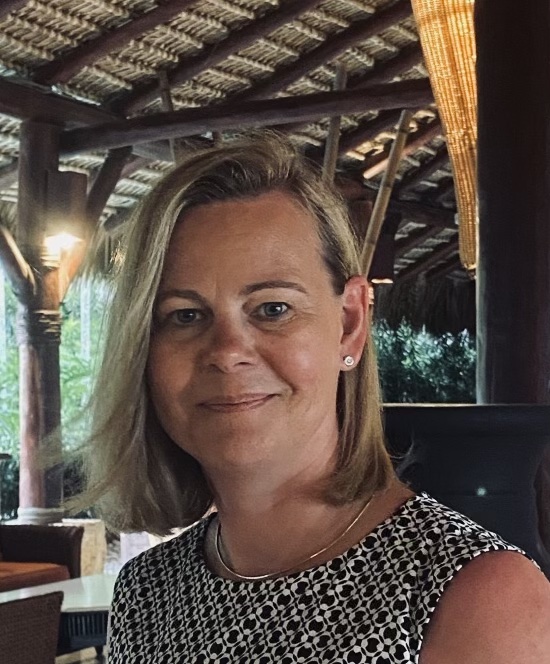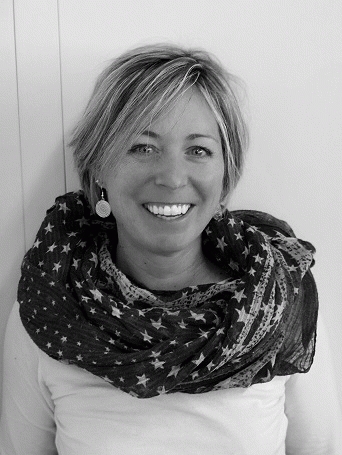High Energy Theory
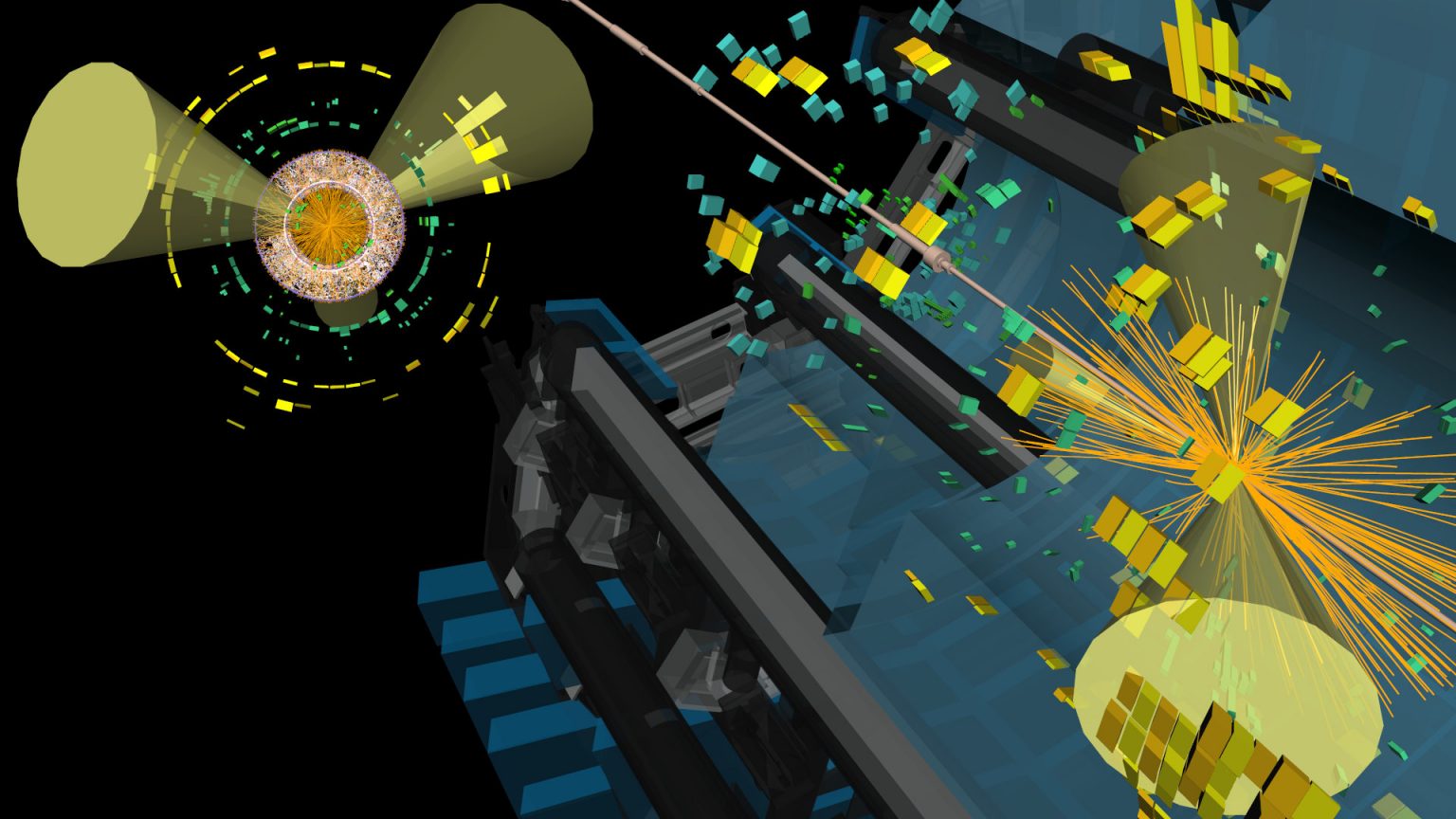
The goal of High Energy Theory research at EPFL is to shed light on the basic mysteries in physics. These are the origin of mass scales (weak scale, vacuum energy density), the origin of flavor, the structure of fundamental forces and their possible unification, the content of the universe (the nature of dark matter, the origin of matter-antimatter asymmetry) and the origin of Big Bang.
While that is perhaps too ambitious a goal, we are luckily entering an era where crucial data will be collected in both the lab and the cosmos. Those data will likely help us unveil some of the above mysteries and possibly reshape our formulation of the others.
HET brings together these groups
LTFP
Prof. Victor Gorbenko
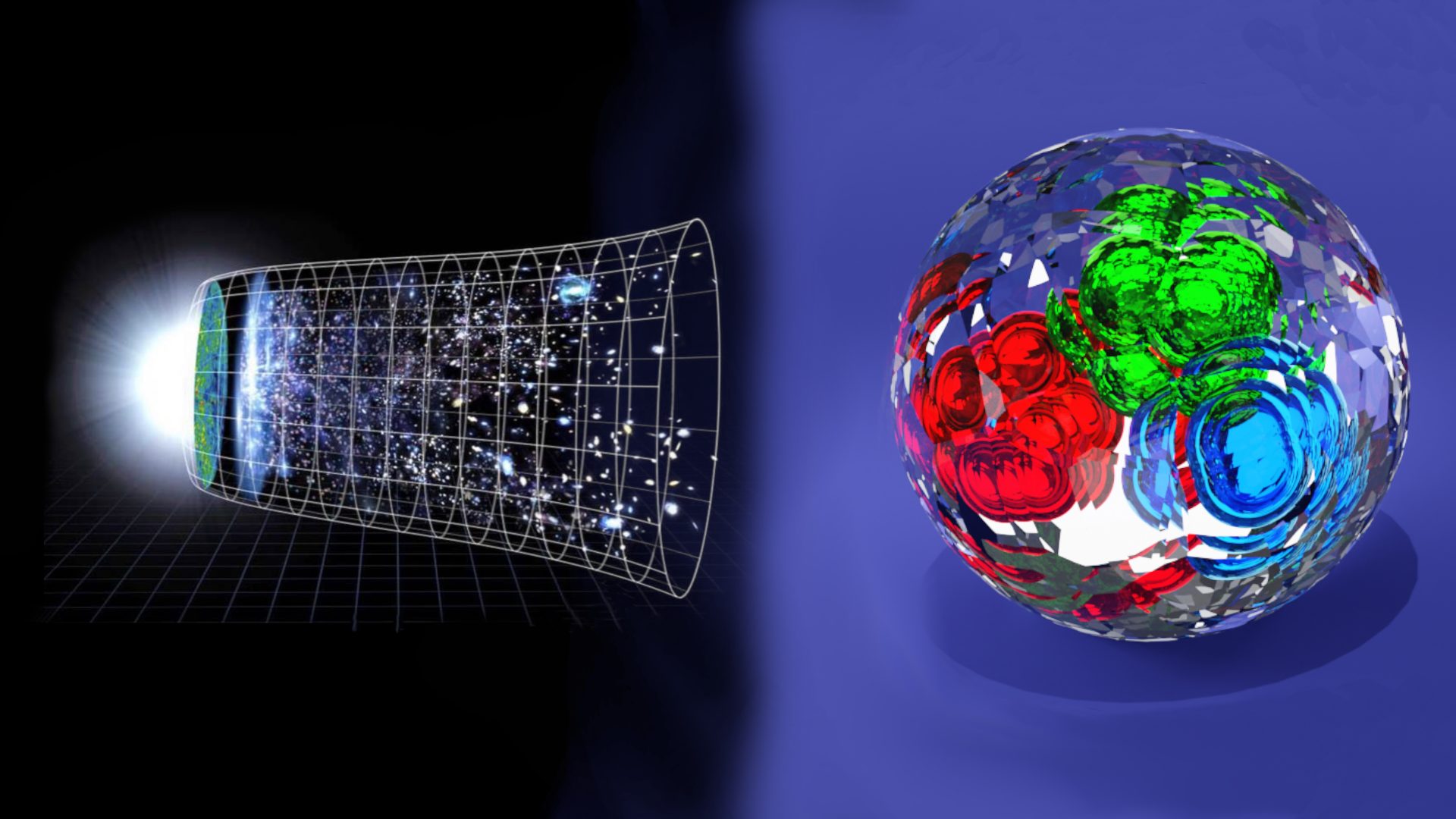
We utilize the methods of Quantum Field Theory, broadly defined, to solve fundamental problems in particle physics, cosmology, and quantum gravity. Particular topics of current interst include: perturbative and non-perturbative dynamics in de Sitter spacetime, application of holography to cosmology, toy models of quantum gravity, confinement in gauge theories, as well as properties of strongly-coupled RG flows with an eye on potential applications to the hierarchy problem.
FSL
Prof. João Penedones
The Fields and Strings Laboratory develops research in the context of Quantum Field Theory (QFT) and String Theory. QFT is the mathematical framework that describes Particle Physics and long distance phenomena in Condensed Matter. However, our understanding of QFT is still rather incomplete when interactions are strong. The FSL develops new non-perturbative methods to study QFT.
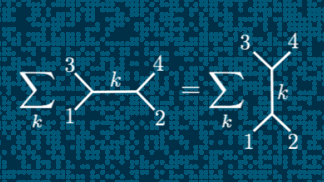
In particular, the conformal bootstrap approach is a central tool in our research activities. One of our concrete goals is to map out the space of (conformal) field theories with a few low dimension operators. Another reason to study QFT is the gauge/gravity duality. This allows us to translate questions about quantum gravity into QFT. We explore the gauge/gravity duality to investigate questions like the quantum dynamics of black holes and the emergence of spacetime locality.
LPTP
Prof. Riccardo Rattazzi
LPTP focusses on the open problems in our present understanding of fundamental physics. A grand goal is to unveil a more fundamental description behind the Standard Model of particle physics, one which could at the same time overcome its shortcomings and explain its remarkable structural features. Electroweak symmetry breaking, flavor and the unification of forces are aspects of major concern.
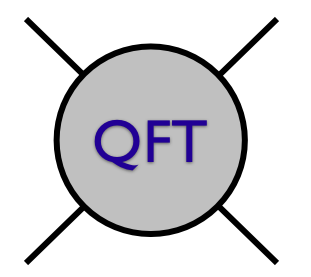
Another major direction of exploration is tied to cosmological evolution, and find its clues in the Big Bang, in present day accelerated expansion and in the mystery of Dark Matter. LPTP approaches the above grand questions both through a broad structural exploration of Quantum Field Theory and through careful consideration of the available data. In particular, we eagerly await the data from the next run of the Large Hadron Collider.
Professor Emeritus
Prof. Mikhail Shaposhnikov
Prof. Mikhail Shaposhnikov is working on the interplay between particle physics and Cosmology. Cosmology provides the key evidence that the canonical Standard Model (SM) of particle physics, although extremely successful in explaining existing accelerator data, is not a complete theory of Nature. In particular, it contradicts to the observed neutrino oscillations, does not provide a dark matter (DM) candidate, and gives no explanation for the observed excess of matter over anti-matter in the Universe. It also does not explain the present accelerated expansion of the Universe, and does not lead to primordial inflation.

We take these facts as a guiding principle for the quest for a fundamental theory. Other directions of research of Prof. Mikhail Shaposhnikov include various approaches to effective quantum theory of gravity, to the strong CP problem, the role of quantum anomalies in physics, phase transitions in gauge theories at high temperatures and their cosmological applications, model independent study of Dark Matter and structure formation in the Universe, the search for decaying Dark Matter.
Scientists/Lecturers
Dr. Tim Cohen
We focus on open questions in fundamental physics including building models of beyond the Standard Model, understanding the nature of dark matter, exploring new phenomena in cosmology, and searching for new physics at experiments such as the large hadron collider. A common thread is to view problems through the lens of effective field theory.
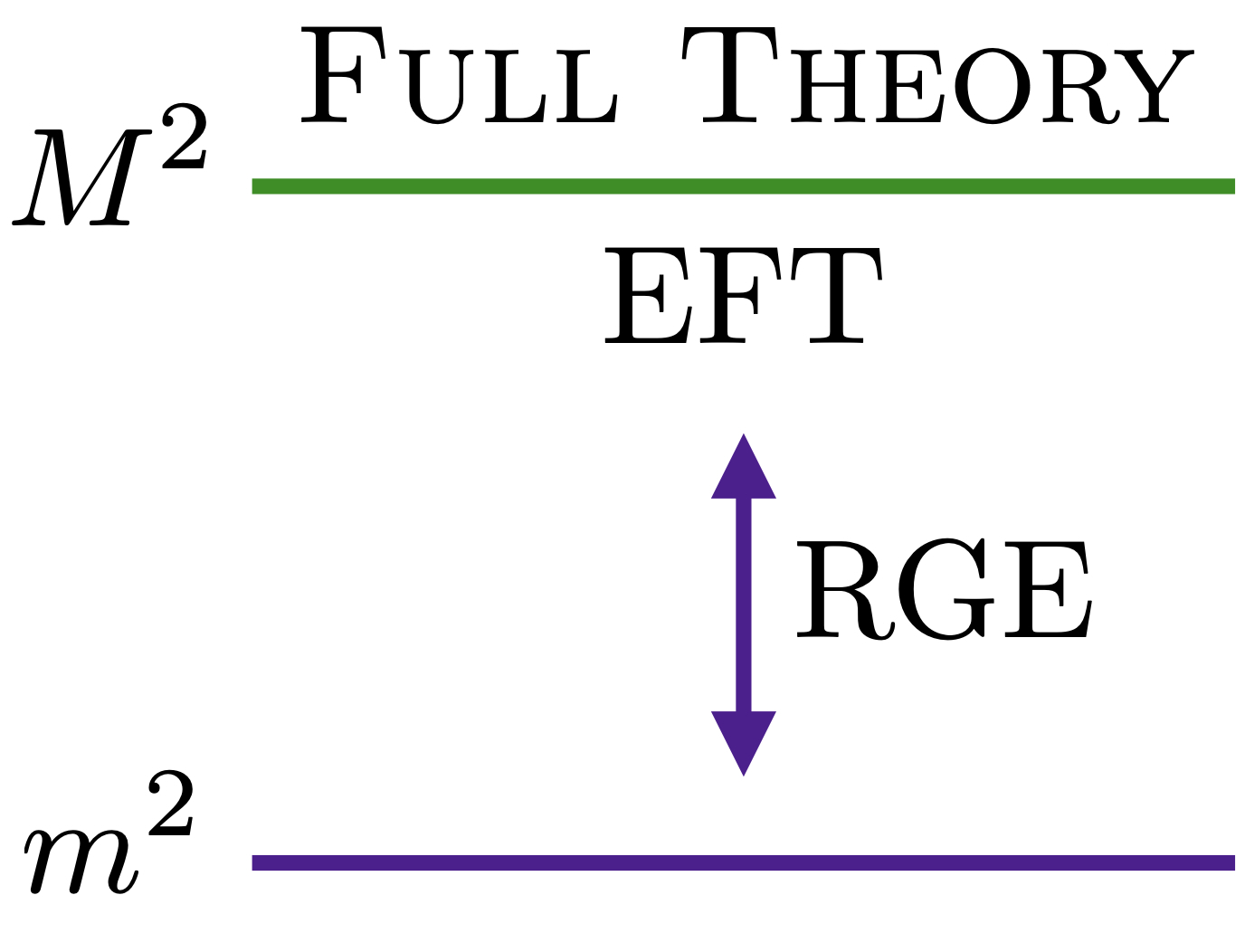
This approach allows us to organize the theory conceptually by identifying the propagating degrees of freedom and symmetries that act upon them, and also to facilitate performing calculations as a systematic expansion in terms of a hierarchy of physical scales.

